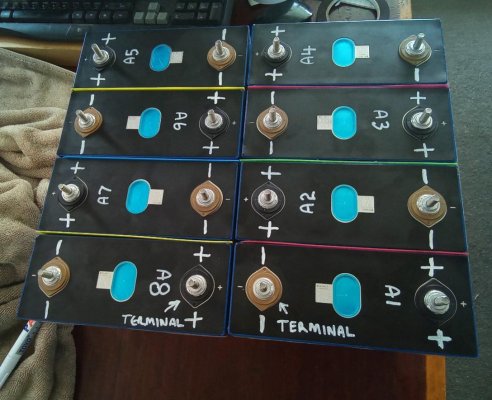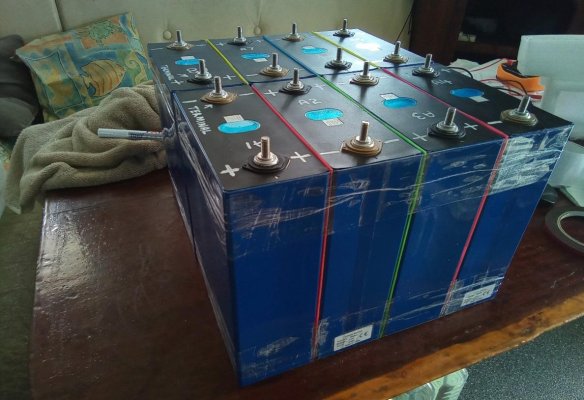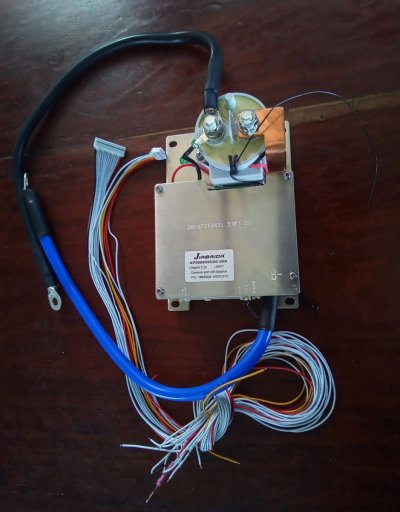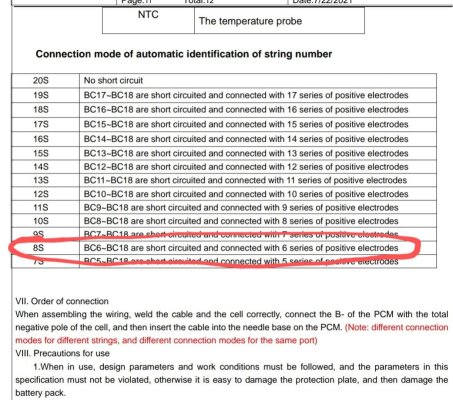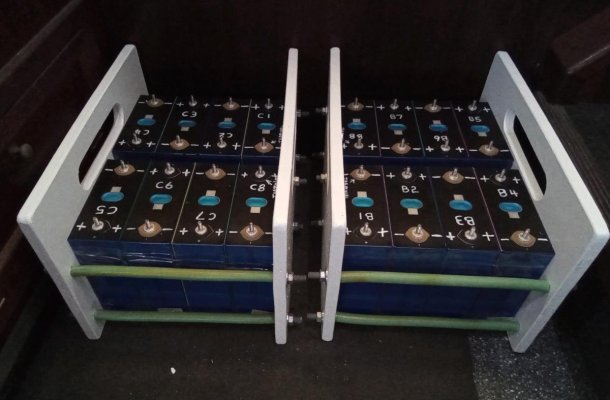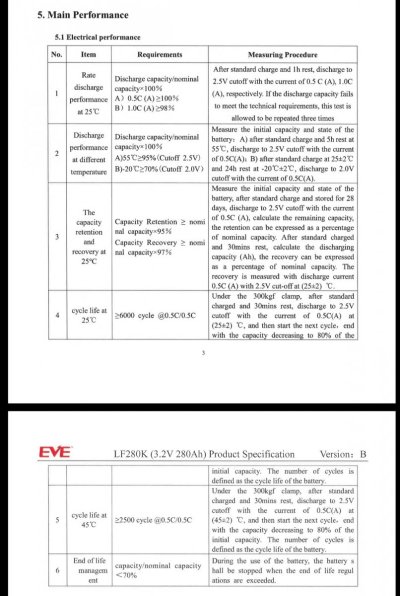Simi 60
Guru
- Joined
- Jul 1, 2016
- Messages
- 5,482
- Location
- Australia
- Vessel Make
- Milkraft 60 converted timber prawn trawler
Not all the bits are here yet but making a start.
End result will be 3 batts @ 24v X 280ah lifepo4
Each with its own 200amp BMS
Each with its own 200 amp marine rated battery fuse
Total of 840ah usable @ 24v.
Pretty much double what we have prior.
End result will be 3 batts @ 24v X 280ah lifepo4
Each with its own 200amp BMS
Each with its own 200 amp marine rated battery fuse
Total of 840ah usable @ 24v.
Pretty much double what we have prior.
Attachments
Last edited:

